I don’t blame you for your procrastination. I get you. It can totally be daunting to navigate the world of framing – there seem to be so many options of sizes and styles. You’re not exactly sure about what you want. You’re not sure what to frame first, how to match things, what size frames to choose or where to start when it comes to custom framing your art.
There are two pieces of good news. For one, nothing is permanent. This reason alone should remove any paralyzing uncertainty and make you feel excited about your personal project. Secondly, there are experts on this topic who can guide your choices and help you get to a finished product you love.
In home decoration, having a strong grasp of your decor is more important than matboard width, matching frames or trendy colours. Something can appear to be extremely gaudy as a standalone, and yet knocks it out of the park once in your home. Any stylistic choice can be a valid one – you just need to be assertive. As a quick side note, it is important to know that bright colours (either as frames or matboards) tend to ''tire'' the eye over time, so are recommended more as an accent than a main feature. They will also tend to fade a lot more if regularly exposed to sunlight.
It is tempting to splurge on artwork printed with archival inks, on archival paper or to use archival adhesives. After all, we have this idea of archives having been around for a really long time. However, these materials require more care in order to survive. What people have in mind is more often of conservation material. No ink can resist the degredations of harsh UV light for long, so UV glazing (see #4) might have to be considered for delicate colours like reds and blues. Acid-free matting and backing might be a tad more expensive, but they will ensure the paper of your print or lithograph doesn't yellow and degrade.
Aside from personal taste, matting actually serves a conservation function. Some prints, due to the nature of the paper or the inks used, will keep the artwork ''on the surface''. This can create problems down the line if you live in a hot and humid area, or an area with great variations in temperature and humidity. In essence, your artwork can stick to the glass (or other glazing) and be damaged by removing it at a later date or when the paper minutely contracts and expands due to atmospheric changes. A matboard creates a little bit of space between the glazing and the print.
If you do use a matboard and want to assemble your print into it yourself, it is recommended that you use single-sided acid-free tape, generally only on top and let gravity do its thing. This will ensure that there isn't too much tension on your paper when in contracts as the seasons change, as this will often result in ''wavy'' prints. It is the nature of paper; water, such as inks or watercolors, warp it.
All paper artwork will require glazing of some sort. Framer's glass is usually very thin in order to manage weight, so your local mirror and window shop might sell you something that is entirely too heavy for your found/handmade frame. You'll most likely end up with a mess in the middle of the night. The thickness usually limits how big a frame can be made with it, or the size of moulding required to hold the weight. Plexiglass will generally be recommended. For the same thickness, it is much lighter and ''unbreakable'', unless you really go to town on it.
Once you’ve found the right type of ‘glass’ for your needs, specialty coatings come in the form of UV protection, deglazing (less popular nowadays) and anti-reflective (AR) coatings. Most can be combined, all the way up to museum-quality glass. Because of the cost involved, it is highly recommended that you let the pros handle those for you. Breaking or damaging such products will turn your foray into decoration into an expensive endeavour.
We refer back to tip # 1 for this last bit of advice. Literally any moulding can do the trick for a range of different decor styles. Sometimes all you need to do is dare. Find your voice. The only two important suggestions that we can give you concern the width of the moulding and its depth. For safety reasons, be sure to have a moulding strong enough to support the weight of the glazing you will be using. If you want a thinner moulding when viewed from the front, you will have to cheat by selecting a deeper moulding, gallery box style.
 Caroline & Mathieu at Affiche en Tête
Caroline & Mathieu at Affiche en Tête
Caroline & Mathieu have been doing this for years, and they represent a wealth of knowledge and services. They always have stories and sneak peeks to share on their Instagram and Facebook pages.
Head on over to ask them about your project in person.
For the month of January, they have a 20% sale on all custom frames.
Keep an eye out for an upcoming post on How to build your gallery wall in a snap. Better yet, subscribe to the VIP list to be in the know, and to receive a 20% coupon for your first purchase in my shop.
Happy framing!



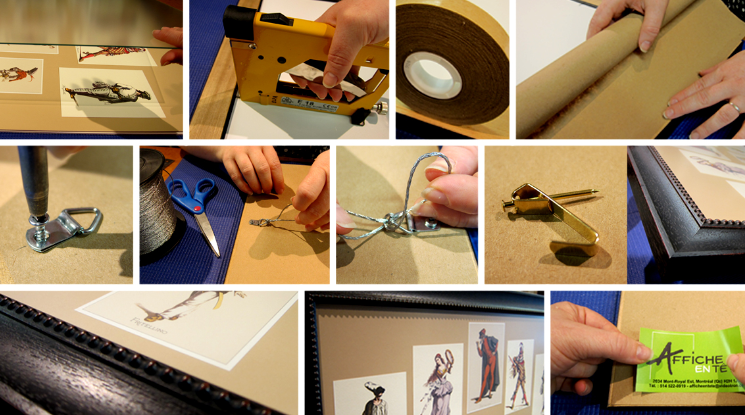
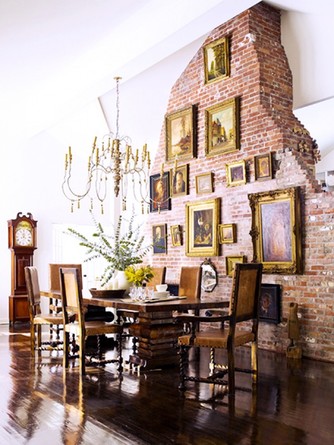
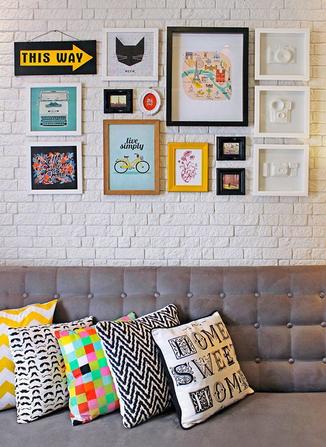
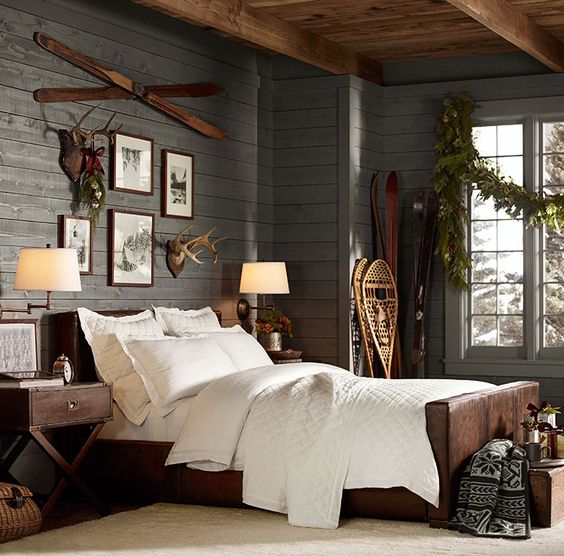



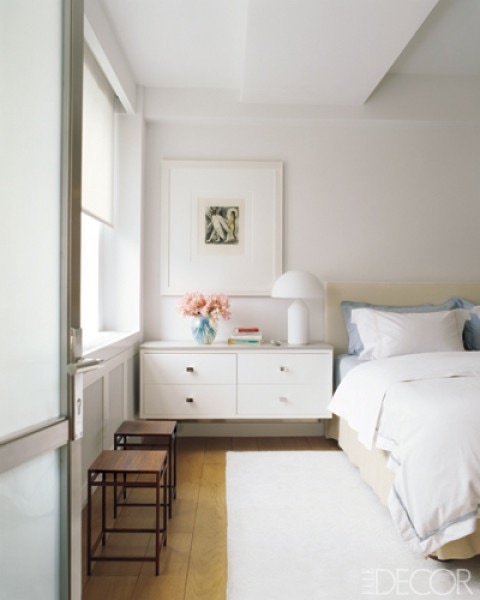


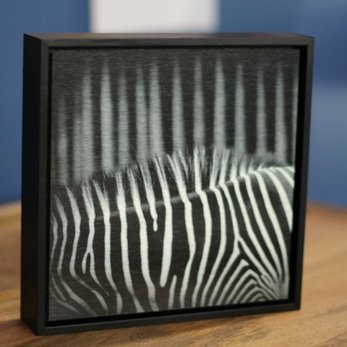








 RSS Feed
RSS Feed